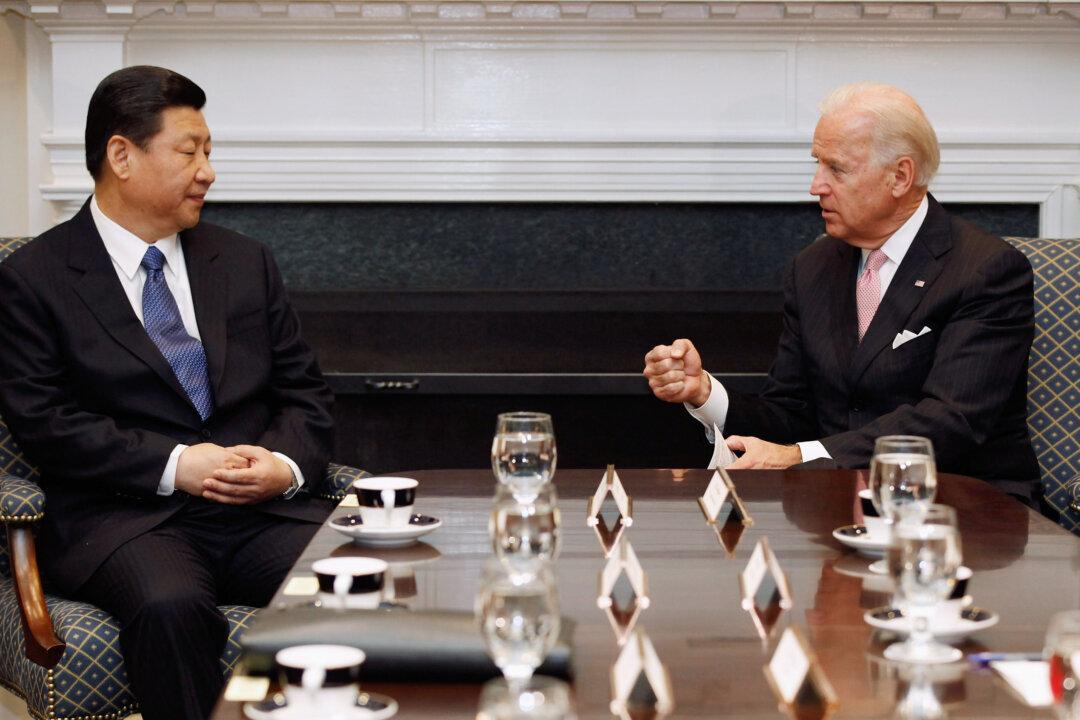Commentary
The ongoing belligerence of the Chinese regime, including the intimidation of Taiwan, violates the spirit and intent of the Three Communiques.

The ongoing belligerence of the Chinese regime, including the intimidation of Taiwan, violates the spirit and intent of the Three Communiques.